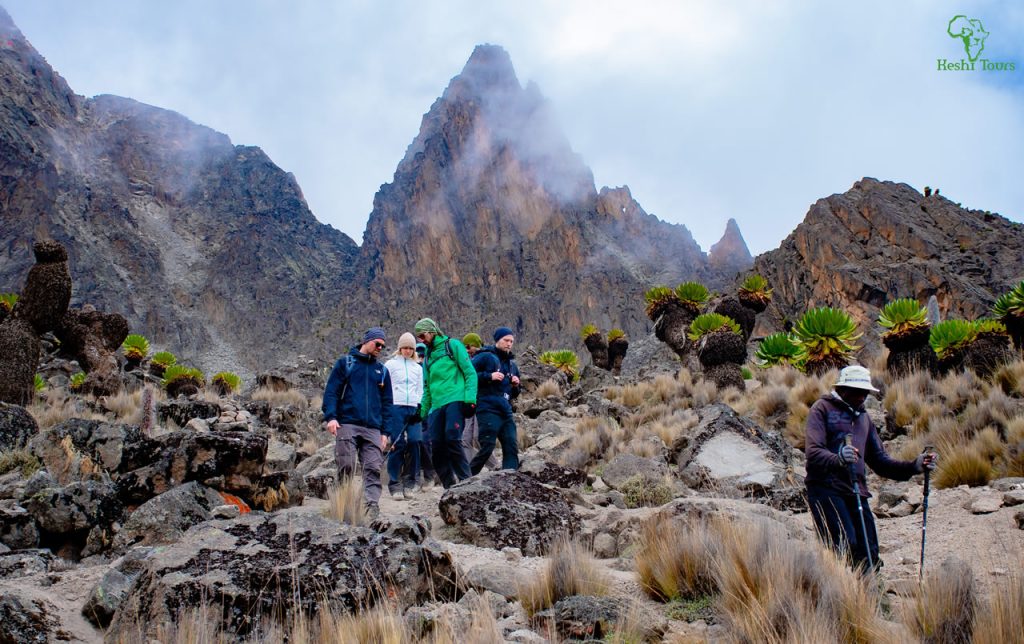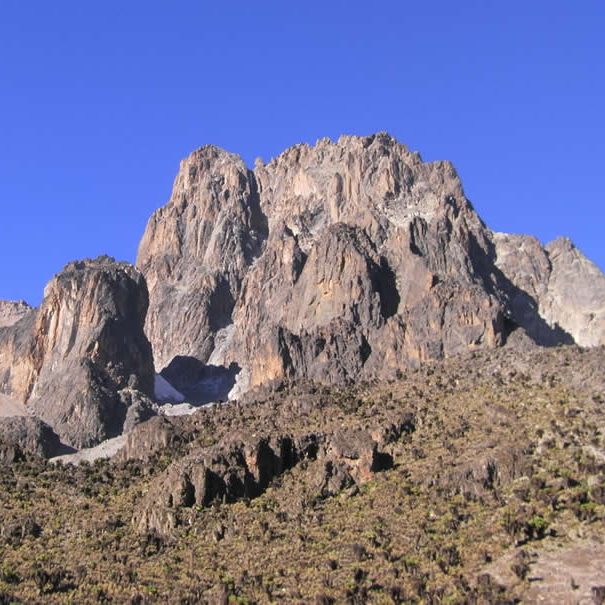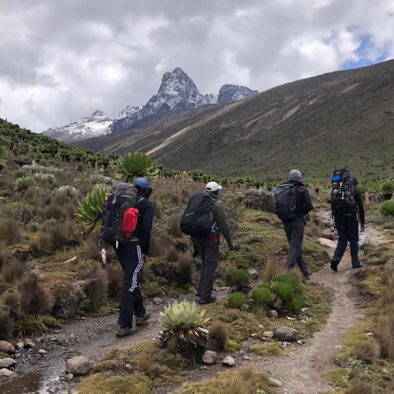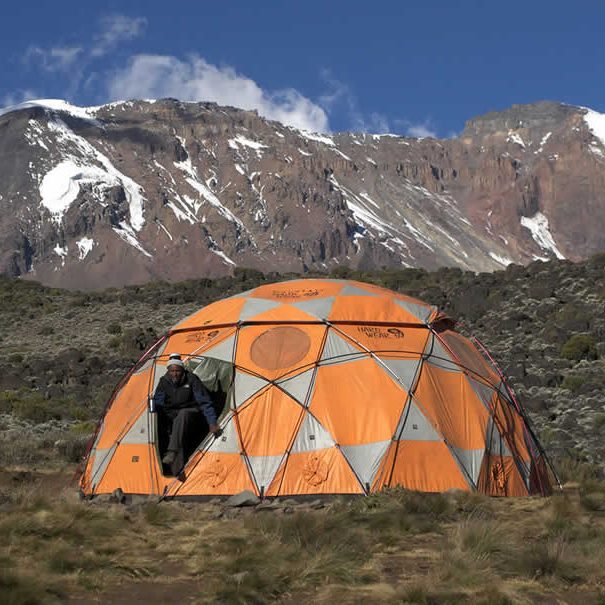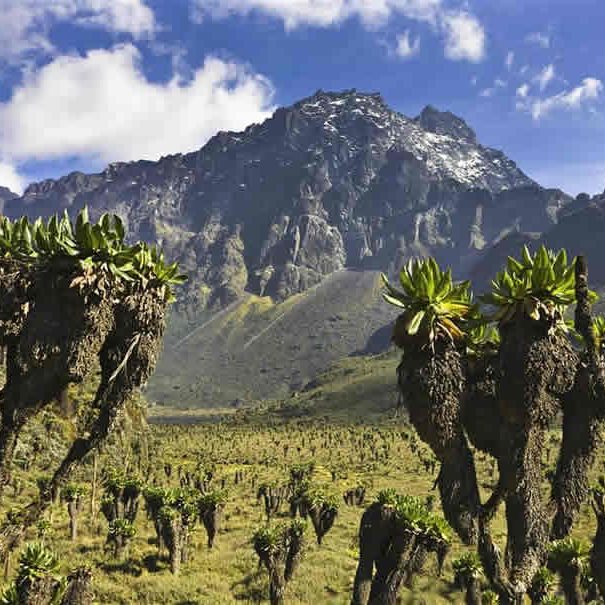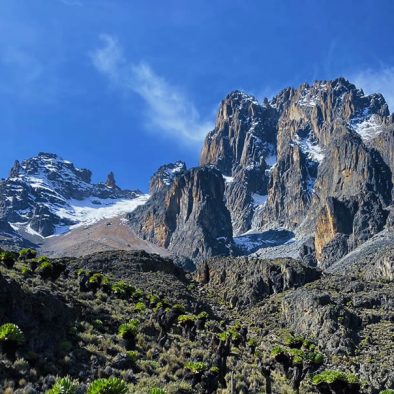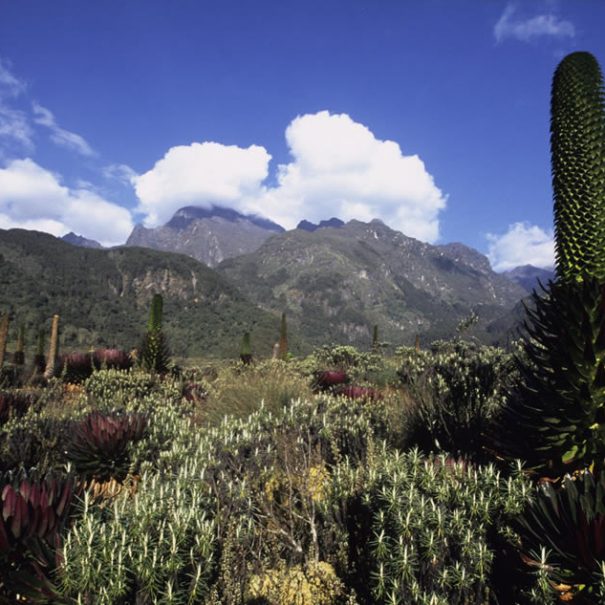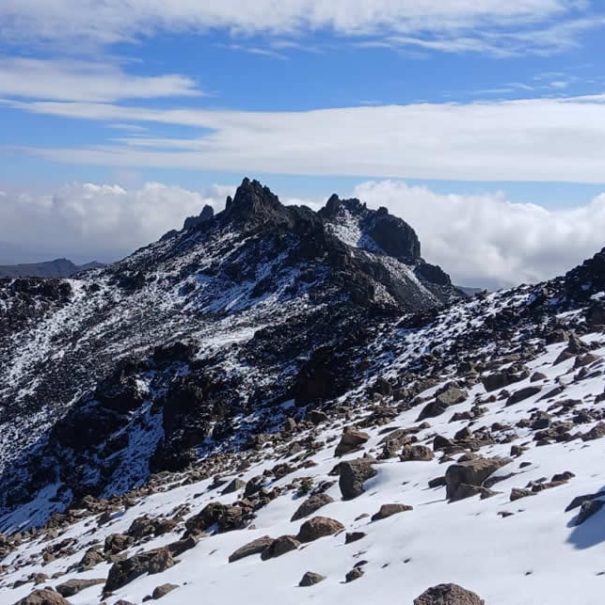The majestic Mount Kenya stands as an iconic peak, its presence commanding both reverence and curiosity. Beneath its towering heights lies a rich geological history that has shaped its unique features and contributed to its status as a natural wonder. This article delves into the geology of Mount Kenya, tracing the processes that have crafted this extraordinary landmark.
Formation of the Foundation
Mount Kenya’s majestic presence is a result of a complex interplay of geological processes that have been in motion for millions of years. To understand its formation, we must delve into the ancient geological history that provided the groundwork for this iconic peak’s creation.
Tectonic activity lies at the heart of Mount Kenya’s geological evolution. The East African Rift System, a colossal fracture in the Earth’s crust, exerted a profound influence on the region. The African and Somali plates, locked in a tectonic dance, pulled apart and initiated the Rift Valley’s formation. The geological upheaval from this process led to the weakening and fracturing of the crust, ultimately setting the stage for the emergence of Mount Kenya. The peak’s location within the Rift Valley underscores its significance as a product of these titanic geological forces.
Within this tumultuous tectonic environment, a diverse array of rock formations emerged, each contributing to Mount Kenya’s foundation. The granitic rocks, which form the mountain’s core, originated from the crystallization of magma deep within the Earth’s crust. These igneous rocks have withstood immense pressure and heat, forming the resilient foundation upon which the peak stands. Additionally, the region also bears the mark of volcanic activity in its basalts and other volcanic rocks, showcasing the multifaceted geological history that shaped Mount Kenya’s underlying structure.
Volcanic Beginnings
The story of Mount Kenya’s formation gains further complexity with its volcanic origins. The peak’s early history was dominated by intense volcanic activity that shaped its initial contours and set the stage for its eventual transformation into the iconic stratovolcano we recognize today.
The volcanic origins of Mount Kenya are rooted in the ejection of molten rock from the Earth’s interior. Magma, rising from the mantle, erupted onto the surface, forming successive layers of volcanic rocks and lava flows. These eruptions contributed to the initial shape of the peak, leaving behind a mosaic of volcanic deposits that laid the groundwork for its characteristic cone-like structure.
Key among the geological terms that come into play here is “stratovolcano.” This term describes the shape and composition of Mount Kenya, characterized by alternating layers of volcanic ash, lava, and other debris. This unique structure is a result of the cyclic nature of volcanic eruptions, with each layer representing a distinct episode of activity. The stratovolcano’s majestic form is not only a testament to the forces of nature but also a visual representation of the peak’s geological history.

Glacial Sculpting
As the geological narrative of Mount Kenya unfolds, the influence of glaciation becomes a defining chapter in the peak’s story. Glaciers, like slow-moving sculptors, have played a profound role in shaping the distinct features that grace the mountain’s surface.
The impact of glaciation on Mount Kenya is evident in its valleys, cirques, and jagged ridges. During periods of cooler climate, massive ice sheets covered the peak’s surface, a phenomenon that transformed its landscape. Glaciers, powered by the gradual accumulation of snow and ice, slowly flowed down the slopes of the mountain. These icy rivers of immense power carved deep valleys and cirques, which now adorn the mountain’s flanks.
The movement of glaciers is a testament to the dynamic interplay between geological processes and climatic conditions. As these glaciers advanced and retreated, they sculpted the terrain, leaving behind a legacy of dramatic landforms. Glacial moraines, rocky debris deposited at the edges of retreating glaciers, provide tangible evidence of these ice flows. These moraines mark the extent of past glaciation and offer a glimpse into the dynamic past of Mount Kenya, showcasing the intricate dance between geological forces and the Earth’s climate.
Geological Diversity
The geological diversity that characterizes Mount Kenya is a testament to the intricate tapestry of processes that have shaped its history.
The rock formations found on Mount Kenya span a wide spectrum, ranging from ancient granites to volcanic rocks and more. The presence of granitic rocks, formed through slow crystallization deep within the Earth’s crust, speaks of the mountain’s enduring foundation. Volcanic deposits, on the other hand, tell tales of fiery eruptions that have contributed to the mountain’s unique form.
These different rock layers are not just geological curiosities but also crucial pieces of the puzzle in understanding Mount Kenya’s evolutionary journey. The distinct mineral compositions, textures, and structures of these rocks offer geologists a chronological narrative of the peak’s history.
Moreover, the geological diversity of Mount Kenya extends its influence beyond mere rocks. It plays a pivotal role in shaping the region’s ecological variety. Different rock types contribute to variations in soil composition, influencing vegetation patterns and providing unique habitats for diverse species. This interconnectedness between geology and ecology underscores the intricate relationship between Earth’s geological history and its present-day biodiversity.
Erosion and Weathering
Mount Kenya’s geological tale is ongoing, with the forces of erosion and weathering playing an ever-present role in shaping its features. The combination of heavy rainfall, fluctuating temperatures, and wind action leads to the gradual wearing down of the peak’s surfaces. Erosion exposes new rock layers, revealing glimpses of the past and continuously reshaping the mountain’s appearance. This ongoing process ensures that Mount Kenya remains a dynamic and ever-changing landscape.
Human Interaction and Geology
Human activities have intersected with Mount Kenya’s geology in various ways, both positively and negatively. Tourism, for instance, has introduced a new layer of interaction with the mountain’s geological heritage. While it brings people closer to nature’s wonders, it also raises concerns about potential impacts on fragile ecosystems and geological formations. Quarrying, another human activity, raises questions about preserving the integrity of the peak’s geological features while meeting resource demands.
Geological Significance Beyond the Peak
Beyond its physical presence, the geology of Mount Kenya holds broader scientific significance. Studying the processes that shaped this peak provides insights into the larger geological mechanisms that have shaped our planet. The interplay of tectonics, volcanism, and glaciation showcased on Mount Kenya offers a window into Earth’s history and helps scientists piece together the puzzle of our planet’s past.
Conclusion
In the heart of East Africa, Mount Kenya stands as a geological testament to the forces that have shaped our world. From its volcanic beginnings to the sculpting touch of ice and the persistent forces of erosion, the peak’s geological history is a captivating story of transformation. As humans continue to explore and interact with this iconic landmark, it becomes imperative to preserve its geological heritage for future generations. The geology of Mount Kenya not only reveals the fascinating history of its formation but also serves as a reminder of the Earth’s enduring journey through time.
Experience for yourself Mount Kenya climbing.

